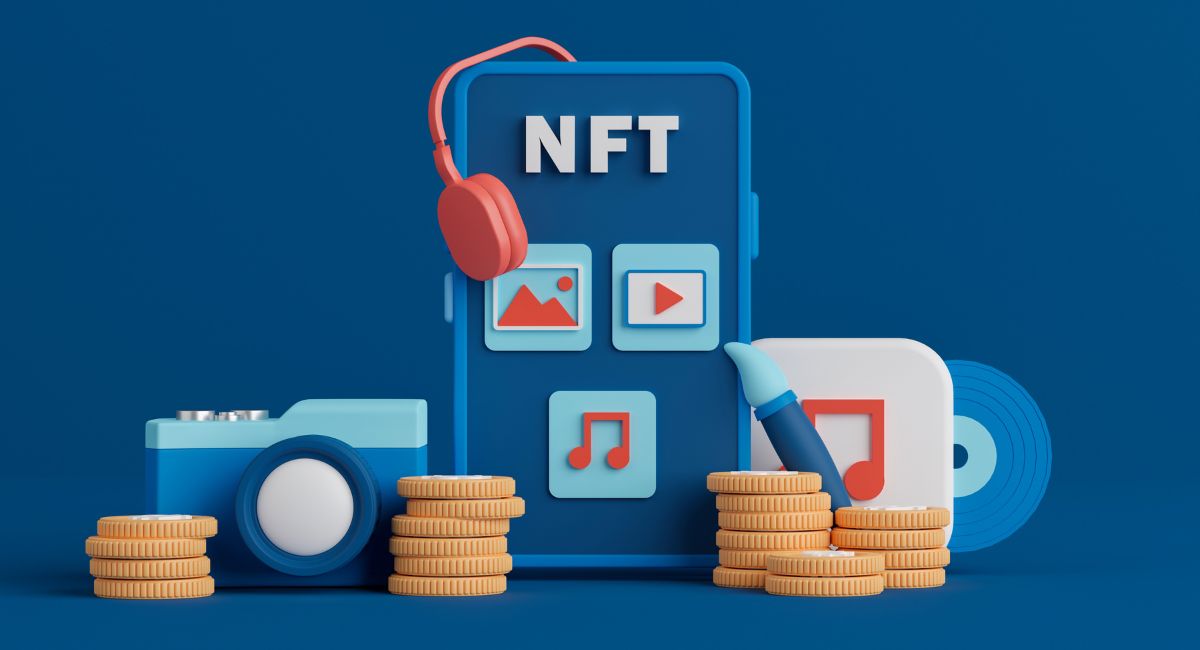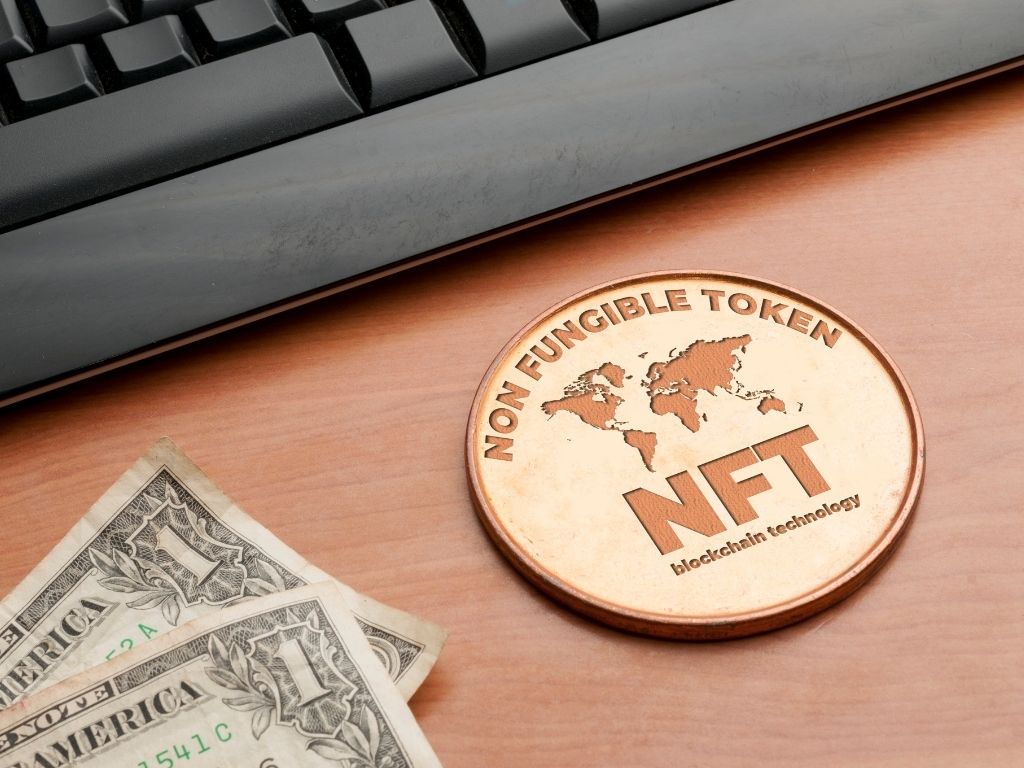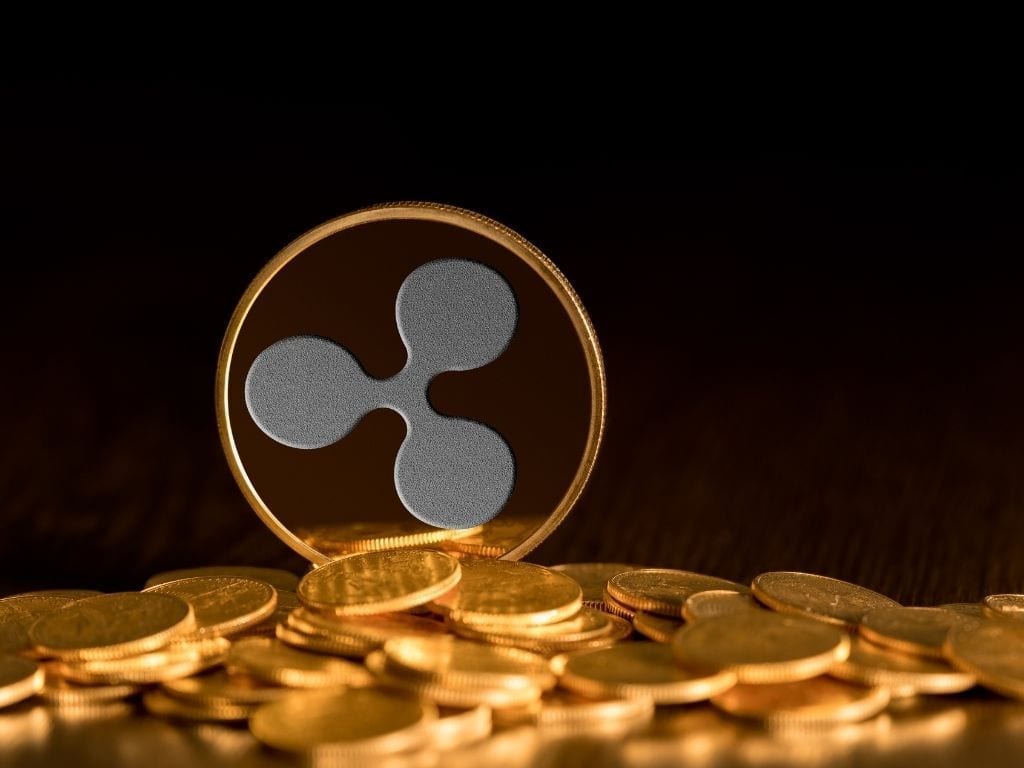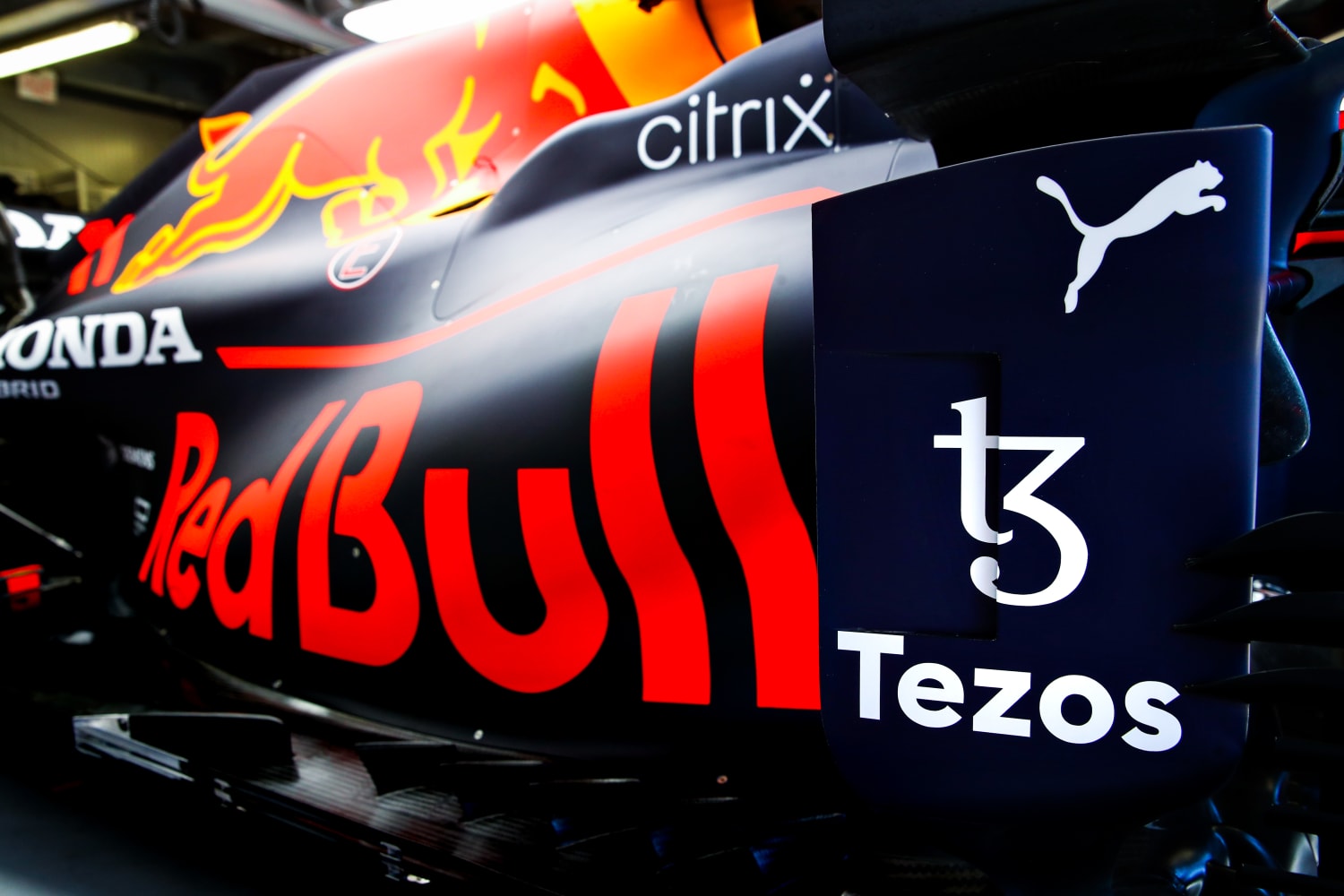Top 10 NFTs You Need To Know About Before Investing In NFTs
Non-fungible tokens have a plethora of potential uses (NFTs). However, given that the non-fungible era is still in its early stages, it might be some time before we see significant projects that aren’t connected to art in some manner. To this purpose, there are currently ten categories into which NFT projects commonly fall. All the details you need about them are right here.
Top 10 types of NFTs
- PFPs and avatars
NFTs are thought of by those outside the NFT community who typically think of this format. And that’s on purpose; if you quickly search for “NFTs” on Twitter, you’ll find many messages from users who have Bored Apes, CryptoPunks, Cool Cats, Doodles, and all of their offspring, and spinoffs for their avatars.
As an example of NFT, consider the following:
Owners of PFP or NFT are free to utilize them on their social media platforms, most commonly as a form of digital flex. Numerous celebrities have added PFP NFTs to their social media profiles since the 2021 NFT boom. On their Spotify accounts, even musicians like BLOND:ISH have displayed their PFP NFTs. The larger NFT community gains significantly from all that online flexing since they effectively serve as free advertisements for NFTs.
- Original works of art
Creators can divide their work into various editions during the NFT minting phase, with possible differences limited to the blockchain side. This implies that several editions of the same work may visually be similar to one another yet have unique edition numbers or token IDs.
As an example of NFT, consider the following:
While this is fantastic for broadening the audience for an artist’s work, other creators choose to go the other way and mint their work as a one-of-one NFT. By choosing this course, the object can only ever belong to one individual at a time, thus increasing its market worth. This approach makes the most sense for producers wishing to benefit from the scarcity imposed by NFTs on digital commodities, as proven by artists like Beeple, XCopy, and Pak earning millions from their 1/1s.
- Inventive artwork
Generative art is exactly what it sounds like: artwork produced in some way by a computer. Some works produced by actual robots also fit this criterion, even though they are frequently produced using generative algorithms or artificial intelligence (AI).
As an example of NFT, consider the following:
Due to NFTs, generative art has seen a resurgence and market boom, with initiatives like Art Blocks, Autoglyphs, and Braindrops pushing the boundaries of the genre. Several projects are leveraging generative art to generate NFT products.
- Decorative items
The market for sports trading cards and memorabilia has recently experienced a rise, but not only physically. Projects like NBA Top Shot indicate that it is also occurring online. Despite the well-documented rise and fall of NFT projects, collectibles remain viable, especially when linked to already-popular IP.
🚨 FanCraze has flipped NBA Top Shot & NFL All Day in sales volume over the last 24 hours 🏏
Source: Flowverse NFT pic.twitter.com/sfSM2cLtEk
— Flowverse 🌊 – Discover Flow Blockchain (@flowverse_) March 5, 2023
The rarity and value of NFT collectibles might fluctuate, just like their real-world equivalents. Because of this, they appeal to collectors and enthusiasts willing to spend a lot of money to complete their collections.
Also Read: An Introduction To Art Blocks NFTs And Their Types
- NFTs in photography
NFTs for photography is becoming increasingly popular, and they are expected to keep expanding in 2022 as more seasoned photographers join the platform.
As an example of NFT, consider the following:
Photographers like Julie Pacino, Justin Aversano, and J.N. Silva have so far found success working in the NFT industry. We anticipate seeing more producers combine photography with other creative disciplines as this NFTs market continues to expand to explore the previously unexplored creative potential of the sector.
- NFTs in music
Most people are now aware of the music industry’s failure to give musicians viable means of supporting themselves through their work. The musicians struggle as streaming firms grabs the lion’s share of their earnings. NFTs for music has a role in this.
As an example of NFT, consider the following:
Song A song, album, or music video can all have a tokenized version called NFT. With the help of platforms like Sound.xyz, Royal, and OneOf’s CO/SIGN initiative, musicians may now make money while maintaining creative freedom thanks to NFTs and blockchain technology. Owners can participate in the value of the release in some music NFTs. For instance, 3LAU’s Royal business lets supporters finance an artist’s creations.
- Gamified NFTs
Players can possess in-game assets like skins, weapons, digital accessories, characters, and virtual land in the metaverse via NFT-driven play-to-earn (P2E) games, commonly referred to as “crypto games,” and trade these digital assets for money benefits. Axie Infinity, Gods Unchained, and Decentraland are a few of the most well-liked games.
However, not all gamified NFT initiatives are play-to-earn games. We’ve also seen initiatives like Parallel that make collecting, in general, more fun.
- Tickets to NFT events
NFT use cases are expanding beyond digital art, and avatar NFTs as the Web3 environment develops. Even event tickets are now used to create blockchain-based presence tallys for music and other events. NFT ticketing enables users to use tokens as access passes for both live and virtual events. This is distinct from regular digital tickets because it gives issuers access to more detailed attendance data while also enabling them to send out announcements, hold unexpected contests, and create fan-only websites and services.
As an example of NFT, consider the following:
Even well-known events like Coachella have entered the NFT ticketing market, opening the door for others to start ventures like Las Vegas’ Afterparty and the Swedish music festival Way Out West.
- Passes for membership
Although NFT-based memberships are a distinct subset of the NFT market, for the most part, they have evolved in tandem with PFPs to offer holders incentives. NFTs are used as access keys by these exclusive programs to open various services and rewards, including both virtual and actual experiences. Sometimes “token-gating,” which employs blockchain technologies to confirm ownership of the NFT and give holders access to any member-exclusive incentives on offer, is used to enforce NFT memberships.
As an example of NFT, consider the following:
The Bored Ape Yacht Club is one of the earliest examples of NFT memberships. Members of BAYC have access to a variety of benefits, such as merch, special performances by A-list performers, and more. Early on, Yuga Labs embraced their yacht club image by restricting access to specific areas of their website and Discord server to anyone who owned a BAYC NFT. One of Gary Vee’s Flyfish Club and LinksDAO have all successfully emulated this model.
- Website address
The acquisition and management of domain names for websites, wallets, NFTs, and other digital assets have become incredibly straightforward for users thanks to popular platforms like Ethereum Name Service and Unstoppable Domains. Before the term “NFT” was even invented, domain name NFTs were a significant component of the NFT ecosystem. These domain names function as tradeable NFTs on the blockchain, and some, like “beer.eth,” which Budweiser purchased, fetch high prices on the secondary market. It’s not surprising that domain names have continued to gain popularity alongside the development of the NFT ecosystem, given that the concept for Ethereum domain names dates back to 2015 when Linagee Name Registrar opened just a week after the Ethereum blockchain went online.
Stay informed with daily updates from Blockchain Magazine on Google News. Click here to follow us and mark as favorite: [Blockchain Magazine on Google News].
Get Blockchain Insights In Inbox
Stay ahead of the curve with expert analysis and market updates.
latest from tech
Disclaimer: Any post shared by a third-party agency are sponsored and Blockchain Magazine has no views on any such posts. The views and opinions expressed in this post are those of the clients and do not necessarily reflect the official policy or position of Blockchain Magazine. The information provided in this post is for informational purposes only and should not be considered as financial, investment, or professional advice. Blockchain Magazine does not endorse or promote any specific products, services, or companies mentioned in this posts. Readers are encouraged to conduct their own research and consult with a qualified professional before making any financial decisions. The featured image used is just a creative depiction of the title and it does not intend to hurt sentiments of any person or institution. If it hurts anyone sentiments, please do not hesitate to reach out to Blockchain Magazine.

 Bitcoin
Bitcoin  Ethereum
Ethereum  XRP
XRP  Tether
Tether  Solana
Solana  Dogecoin
Dogecoin  USDC
USDC  Cardano
Cardano  Lido Staked Ether
Lido Staked Ether  TRON
TRON  Chainlink
Chainlink  Avalanche
Avalanche  Sui
Sui  Wrapped stETH
Wrapped stETH  Wrapped Bitcoin
Wrapped Bitcoin  Stellar
Stellar  Toncoin
Toncoin  Hedera
Hedera  Shiba Inu
Shiba Inu  Polkadot
Polkadot  WETH
WETH  Litecoin
Litecoin  LEO Token
LEO Token  Bitcoin Cash
Bitcoin Cash  Bitget Token
Bitget Token  Official Trump
Official Trump  Uniswap
Uniswap  Hyperliquid
Hyperliquid  Pepe
Pepe  Wrapped eETH
Wrapped eETH  USDS
USDS  NEAR Protocol
NEAR Protocol  Ethena USDe
Ethena USDe  Aave
Aave  Aptos
Aptos  Internet Computer
Internet Computer  Ondo
Ondo  WhiteBIT Coin
WhiteBIT Coin  Ethereum Classic
Ethereum Classic  Monero
Monero  POL (ex-MATIC)
POL (ex-MATIC)  Cronos
Cronos  Render
Render  Mantle
Mantle  Algorand
Algorand  Dai
Dai  MANTRA
MANTRA  OKB
OKB 




